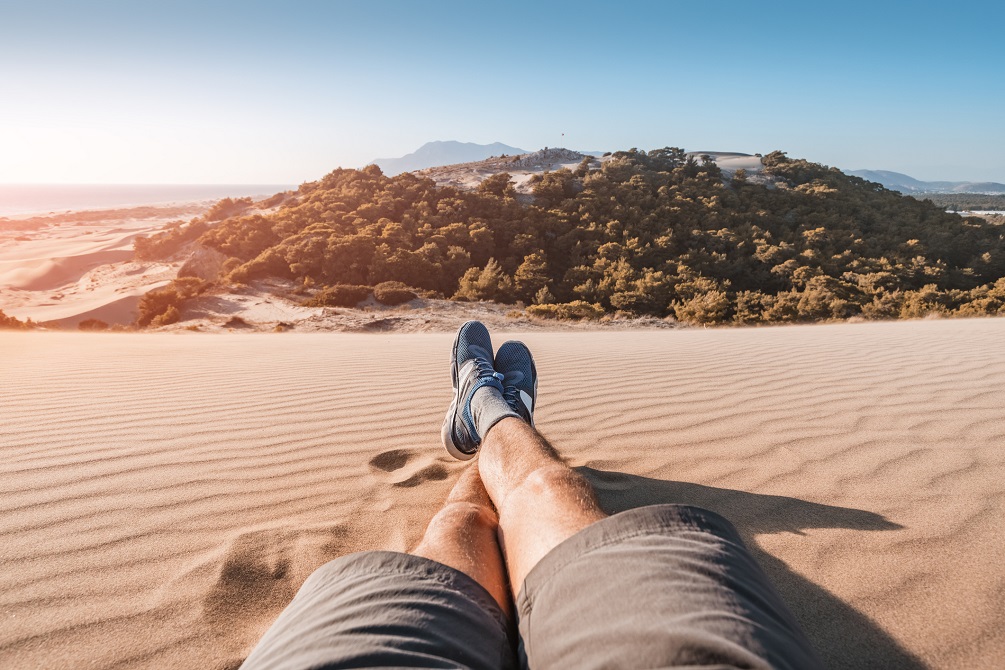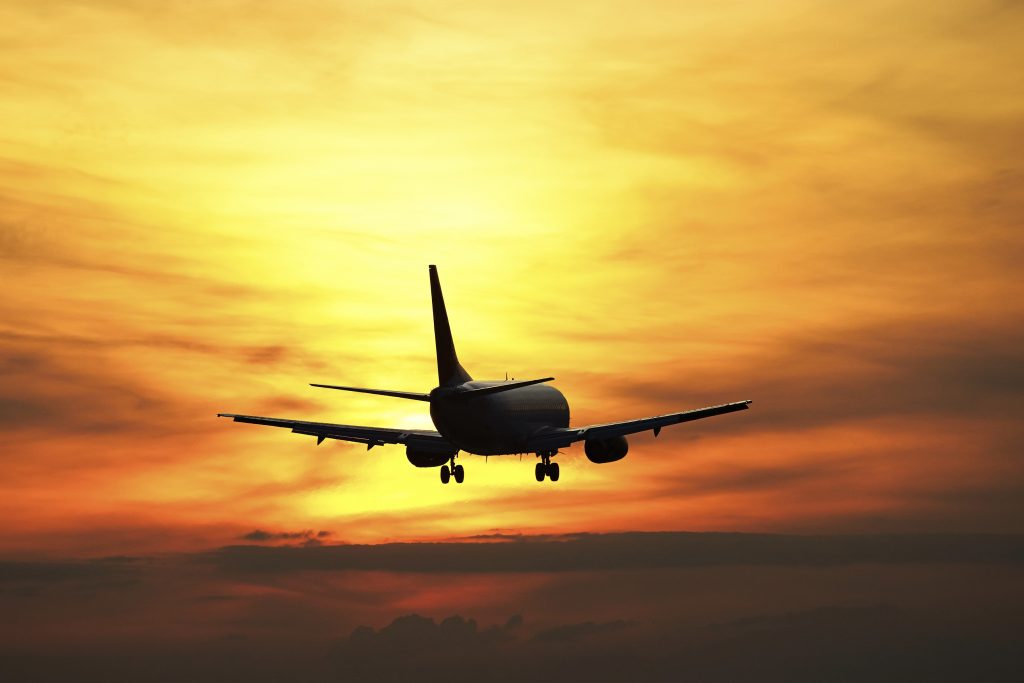Iran
Travel to Iran, one of the most congenial countries in the world, with magnificent architecture, secluded deserts, and ancient history.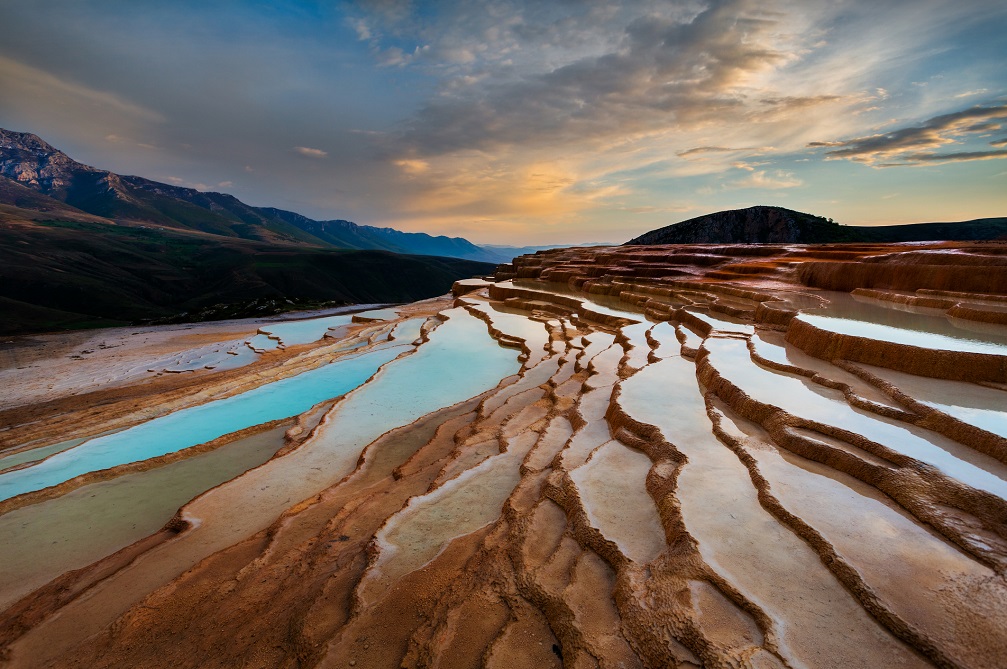
Steeped in history and culture, Iran also presents a contemporary flair. For those enamored with ancient history, Iran offers the best monumental attractions and architectural wonders.
Begin your journey at Persepolis, the center of the Persian civilization and the first Persian Empire’s capital. Trail a journey in the footprints of the age-old kings.
Natural beauty abounds in Qeshm, but an unmissable attraction is the Valley of the Stars. Check out stunning sand rock formations created by Marl and Sandstone. If you look closely, you can see faces, animals, and other things.
History enthusiasts will enjoy visiting the UNESCO heritage site of Chogha Zanbil that can be traced back to the 13th century BC. You will come across inscriptions etched in baked bricks and an ancient child’s footprint in the stone.
If you’re in the mood for adventure, make your way to the Babak castle, the Bastian of a Khurramite leader. This is surrounded by deep ravines and is perched at a height of around 2300 meters.
Iran is a treasure trove of the most astounding architecture. The ethereal tiled minarets and domes of Naqsh-e-Jahan (Imam) Square are a sight to behold. So are the ones in Shiraz and Yazd. Apart from the mosques, the palaces of Tehran, the gardens, and the aesthetically constructed bridges and buildings across the cities provide a sublime grace to Iran.
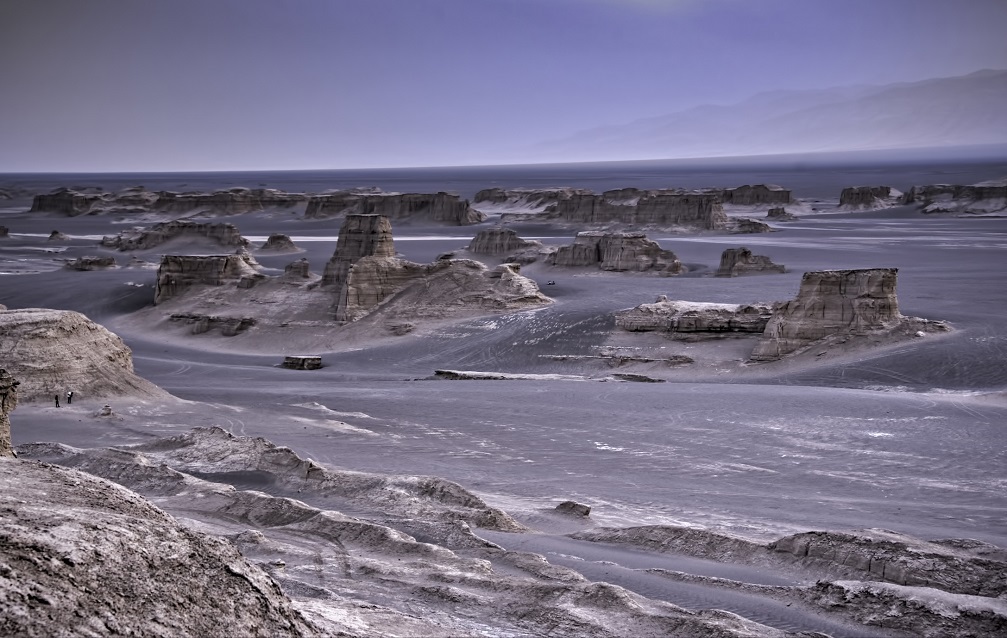


Situated in the Middle East, Iran also known as the Islamic Republic of Iran is spread across more than 18 lakh square kilometers and is the second biggest country in the Middle East.
It is bordered by seven countries including Armenia, Afghanistan, Azerbaijan, Iraq, Pakistan, Turkey, and Turkmenistan.
It is also surrounded by three water bodies viz. The Persian Gulf, The Caspian Sea, and the Gulf of Oman.
Iran is mainly a mountainous region, with the Zagros Mountains to its west. Mount Damavand which is located in northern Iran is its highest peak and also the highest volcano in Asia located at an elevated height of around 5600 meters above sea level.
The middle of Iran houses the Central Plateau which has two big salt deserts towards its east. The salt lake, Lake Urmia, is the biggest water body in Iran and runs over a surface volume of 3000 square kilometers.
Iran is quite vast in its land area and experiences different types of climate. Along the Caspian sea, the weather is wet and mild, while the plateaus are dry and arid. It is cold in the mountains while hot in the deserts and the Southern coast.
Overall, aridness is rife in Iran, and it rains more in the North and the West than in the South and the East.
Iran has four seasons: Spring, Summer, Autumn, and Winter. It is one of the few countries in the world where you get to experience all four seasons in the country, all at once in different parts.
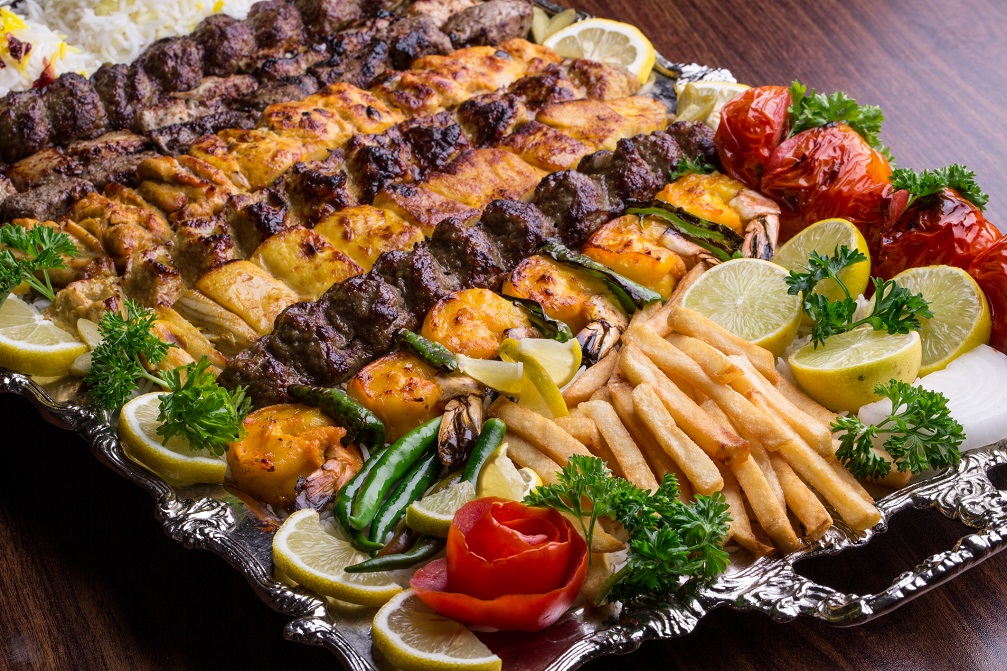


There’s no doubt that Iranian cuisine is memorable and mouth-watering. Honed over three millennia, Iranian cuisine is a depiction of the country’s varied landscape and history. From dates and kebabs in the desert to a plethora of vegetables, meat and fish along the coast, the cuisine reflects the fertility of the land, the dryness of the desert and the abundance of the sea.
Kebabs and fast food are the most commonly consumed dishes across Iran. The types of kababs you’ll come across are Bakhtiyari kabab, Chelo kabab, Juke Kabab and Kubide Kabab.
Meals in Iran are incomplete without bread, rice or both. The bread is called nun and rice is called berenj.
Looking for something that doesn’t feature kebabs? Try some of these delicious local favourites. Ghorme sabzi, is a mix of beans, veggies and meat and is usually green in colour. Craving some chicken? Try the Zereshk polo ba morgh, which is chicken served with rice cooked with barberries.
For a budget meal, scour through the many downmarket eateries that feature a kind of stew-soupy meal called dizi. If you like stews, you may also want to try the khorest, a meaty stew cooked with nuts and vegetables and served with fries or rice.
Add some Persian flavour to your meal by trying the fesenjun, a rare delicacy made with a puree of eggplant, pomegranate, walnuts and eggplant and accompanied by rice and roast chicken.
If you’re visiting the Western Gulf Coast, you can also enjoy some delicious chelo mahi, which is rice and fried fish.
Fruit is often consumed as dessert after a meal, but there’s also some heady stuff you could indulge in like the Esfahan Gaz, a candy flavoured with rose water and pistachio; Kerman Kolompe, a biscuit filled with soft dates; Orumiyeh Noghl, nuts that are sugar-coated and Baghlava, a kind of thick baklava.
Lipsmacking and indulgent, Iranian cuisine is as rich as its culture and as varied as its terrain.
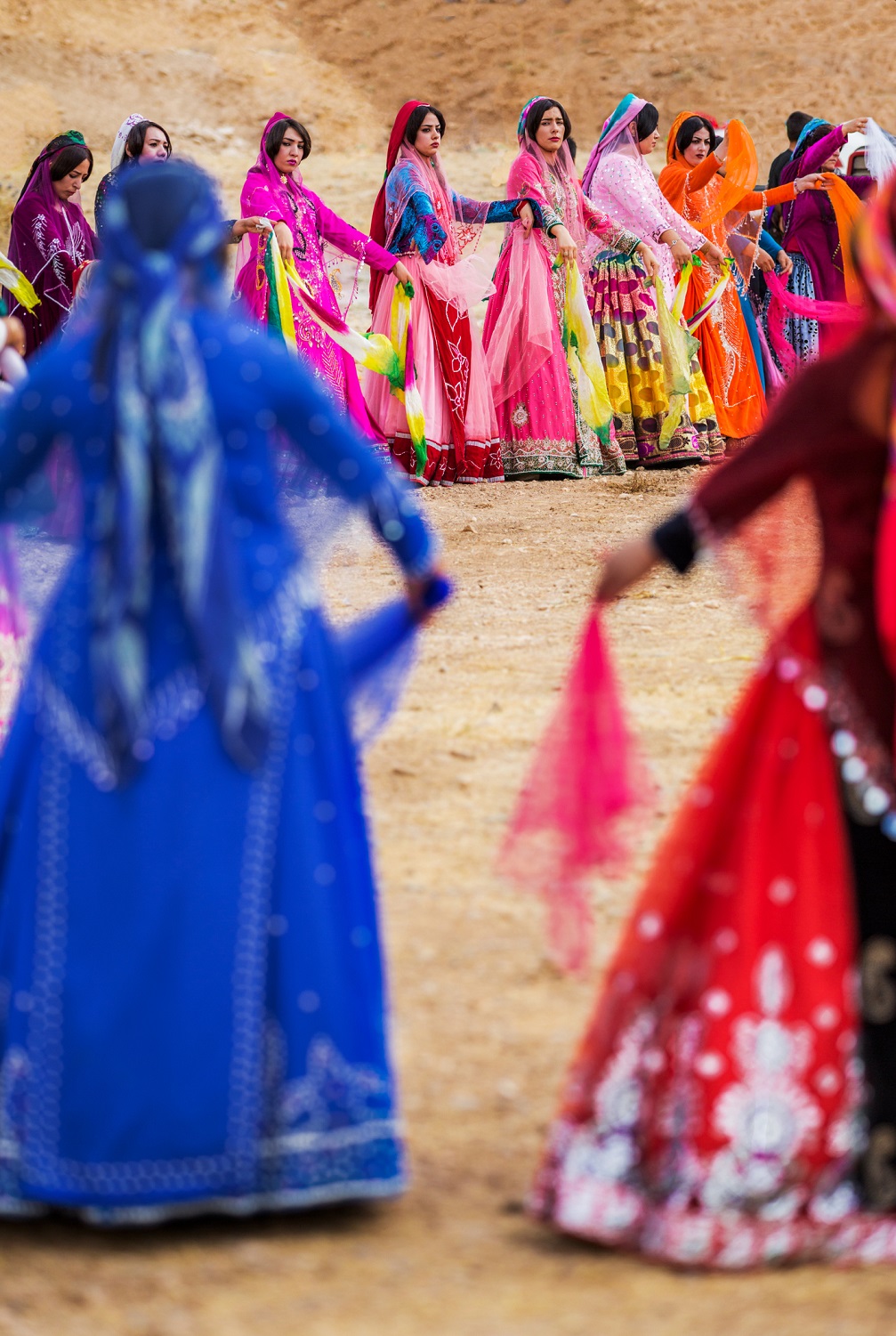


Iran is primarily a conservative destination with a contemporary touch. When you travel to Iran, it is best to be aware of both the culture and the climate, to make wise clothing choices.
Women should always dress in a lengthy tunic or coat in addition to their usual clothing. Additionally, they must use a scarf to cover their heads. This is the law and it isn’t only applicable to women. Even men must be attired in long trousers and shirts with long sleeves.
Keep your scarf on at all times, except when you are in private in your hotel room or bathroom. Iranians love to dress in vibrant colours, so you can add some colour to your tunics and other parts of your wardrobe. Even your scarves can be colourful.
For footwear, carry sandals and waterproof shoes, as it rains frequently
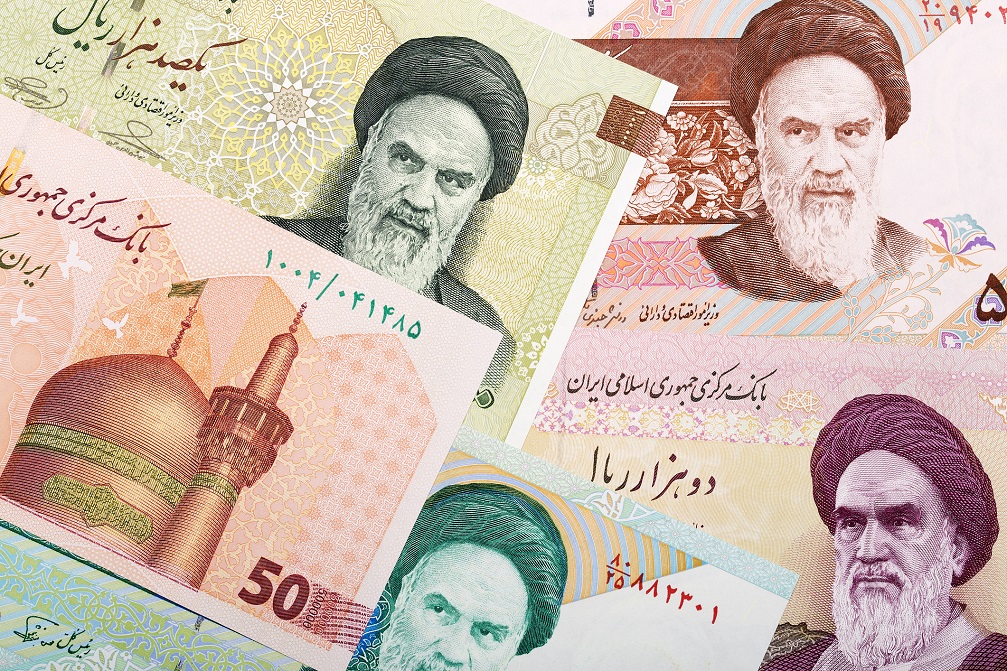


The official currency used in Iran is the Iranian Rial. A Rial consists of 100 dinars. Dinar denominations are not usually used due to their low value. The Iranian rial does not have an official symbol like other currencies do.
Currently, the Iranian currency is in a phase of transformation. The nation’s currency may be remonetized from the rial to the toman.
At the time of writing this, 1 UK Pound sterling is equal to 58,144.36 Iranian Rial. You can exchange GBP at certified exchange bureaux, but you may experience difficulties in exchange. So, it is best to carry the currency that you need along.



The primary language of Iran is Persian or Farsi and is widely spoken all over. Additionally, 75 percent of Iranians use Indo-European languages to converse.
Persian is the language used in literature, science, and publications. A few segments of people also speak Kurdish but this forms less than one-tenth of the populace.
The Luri language is spoken by The Lurs and Bakhtyari. It is more or less similar to Persian. There is also an Armenian minority community present in Iran that speaks Armenian.
Another language that is widely spoken is Azerbaijanian, a language that is pretty similar to the contemporary Turkish language.
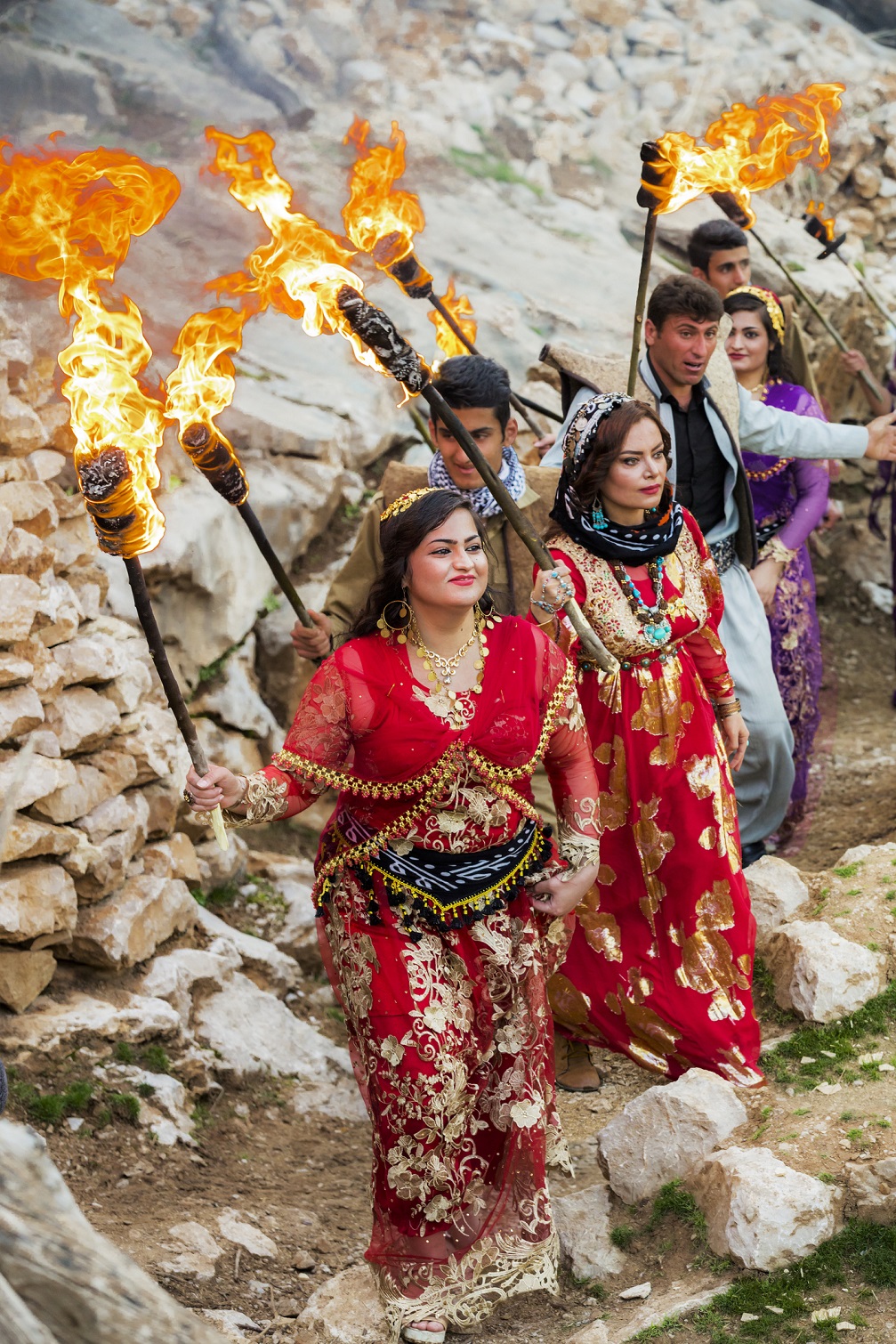


Iranians are some of the most welcoming and hospitable people in the world, with endearing customs and traditions. They have strong family values and believe in loving God, country, and family.
Tarof is the main concept in Persian culture and is based on valuing and respecting other people. It is considered respectful to let others enter a door before you. Usually, when in a group at a restaurant, everyone offers to pay the bill. The apt thing to say here is ‘nemishe’ or not possible.
When in a multi-generational group, the oldest person is always greeted first. Shaking hands with people of the same gender is acceptable, but if you are male avoid extending a handshake to a female. Shaking hands with kids is seen as a sign of respect.
When eating in an Iranian household, ensure that you finish whatever is on your plate, as it is regarded rude to leave unfinished food. All in all, if in doubt about local customs, just follow what the locals do.
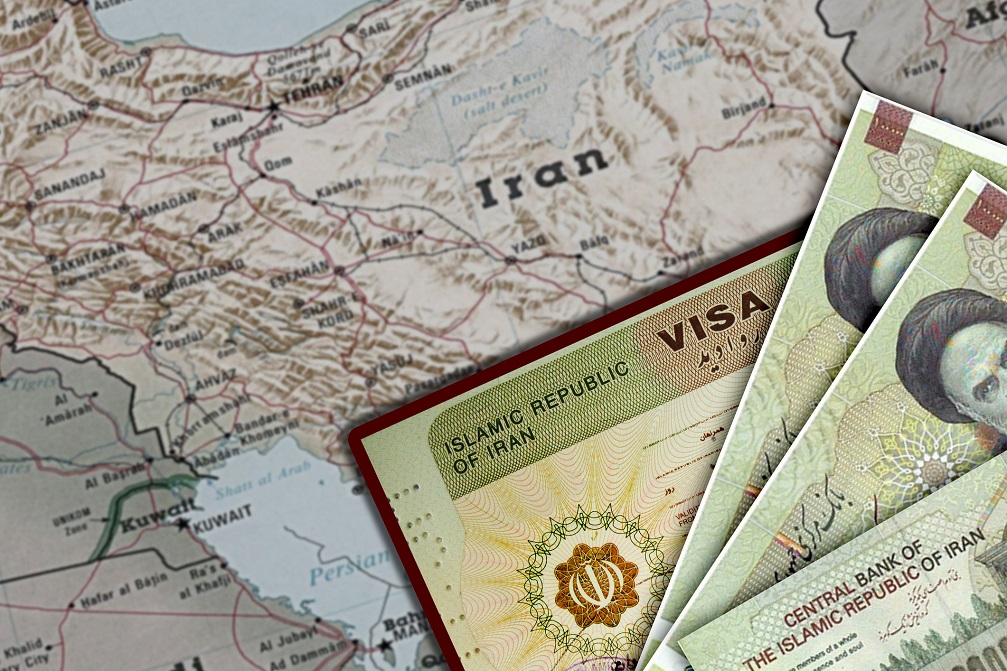


If you are a British national, you will require a visa to travel to Iran. Ensure that you apply well in advance, as the process can be lengthy and erratic.
To obtain a visa, you must either have a sponsor in Iran or make an application as part of a structured tour. You may run into problems and be forced to remain in Iran if you overstay your visa. So, be mindful enough to cross-check the date of expiry on your visa before you travel to Iran.
Girls above 9 years of age and women must wear a headscarf on their visa application photos. In case you have to transit via Tehran airport, check the visa requirements with your airline and the Iranian embassy. As far as your passport is concerned, ensure that there is a validity of at least 6 months from the date you apply for a visa.
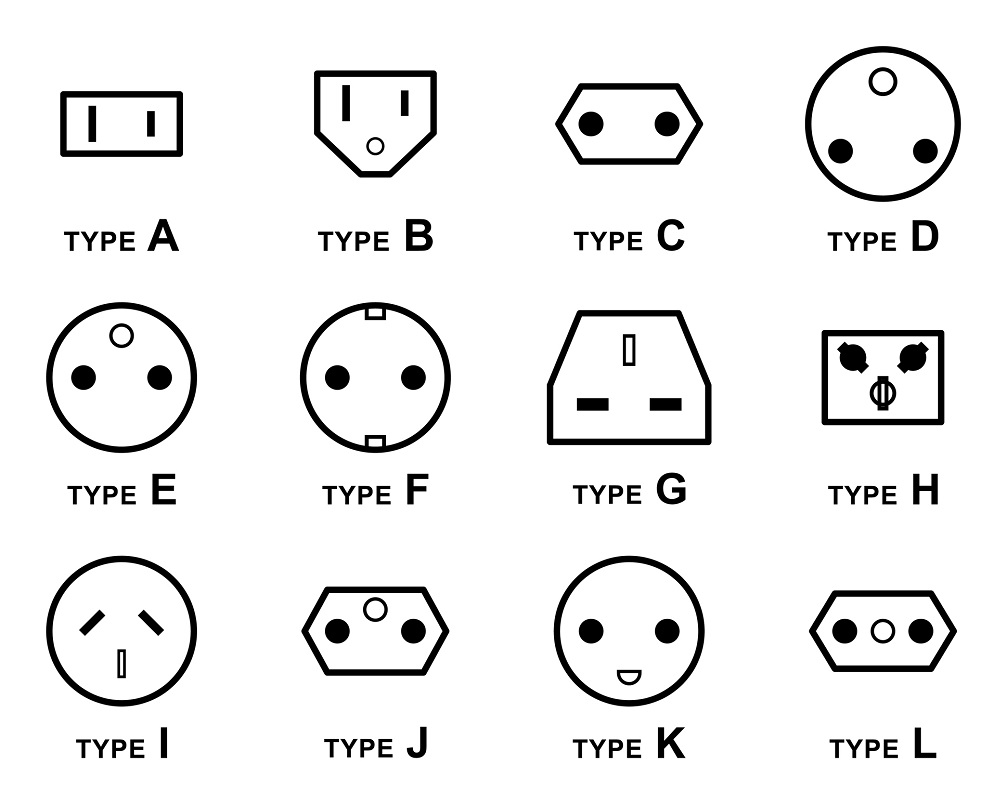


When you travel to Iran, you should know that its standard voltage is 220V and its standard frequency is 50hz.
You should also be aware that not all areas of Iran have power. So, it is advisable to carry a portable charger, especially to keep your cellphone on in locations where there is no power.
The electrical outlets in Iran are generally Type C, Type E, and Type F. If your appliance’s plug doesn’t pair with these, you will be required to carry a travel plug adapter.
To ascertain if you need a converter or not, take a look at the appliance label. ‘INPUT: 100-240 V, 50/60 Hz’ on the label indicates that the appliance is used in all countries.



Steeped in history and culture, Iran also presents a contemporary flair. For those enamored with ancient history, Iran offers the best monumental attractions and architectural wonders.
Begin your journey at Persepolis, the center of the Persian civilization and the first Persian Empire’s capital. Trail a journey in the footprints of the age-old kings.
Natural beauty abounds in Qeshm, but an unmissable attraction is the Valley of the Stars. Check out stunning sand rock formations created by Marl and Sandstone. If you look closely, you can see faces, animals, and other things.
History enthusiasts will enjoy visiting the UNESCO heritage site of Chogha Zanbil that can be traced back to the 13th century BC. You will come across inscriptions etched in baked bricks and an ancient child’s footprint in the stone.
If you’re in the mood for adventure, make your way to the Babak castle, the Bastian of a Khurramite leader. This is surrounded by deep ravines and is perched at a height of around 2300 meters.
Iran is a treasure trove of the most astounding architecture. The ethereal tiled minarets and domes of Naqsh-e-Jahan (Imam) Square are a sight to behold. So are the ones in Shiraz and Yazd. Apart from the mosques, the palaces of Tehran, the gardens, and the aesthetically constructed bridges and buildings across the cities provide a sublime grace to Iran.



Situated in the Middle East, Iran also known as the Islamic Republic of Iran is spread across more than 18 lakh square kilometers and is the second biggest country in the Middle East.
It is bordered by seven countries including Armenia, Afghanistan, Azerbaijan, Iraq, Pakistan, Turkey, and Turkmenistan.
It is also surrounded by three water bodies viz. The Persian Gulf, The Caspian Sea, and the Gulf of Oman.
Iran is mainly a mountainous region, with the Zagros Mountains to its west. Mount Damavand which is located in northern Iran is its highest peak and also the highest volcano in Asia located at an elevated height of around 5600 meters above sea level.
The middle of Iran houses the Central Plateau which has two big salt deserts towards its east. The salt lake, Lake Urmia, is the biggest water body in Iran and runs over a surface volume of 3000 square kilometers.
Iran is quite vast in its land area and experiences different types of climate. Along the Caspian sea, the weather is wet and mild, while the plateaus are dry and arid. It is cold in the mountains while hot in the deserts and the Southern coast.
Overall, aridness is rife in Iran, and it rains more in the North and the West than in the South and the East.
Iran has four seasons: Spring, Summer, Autumn, and Winter. It is one of the few countries in the world where you get to experience all four seasons in the country, all at once in different parts.



There’s no doubt that Iranian cuisine is memorable and mouth-watering. Honed over three millennia, Iranian cuisine is a depiction of the country’s varied landscape and history. From dates and kebabs in the desert to a plethora of vegetables, meat and fish along the coast, the cuisine reflects the fertility of the land, the dryness of the desert and the abundance of the sea.
Kebabs and fast food are the most commonly consumed dishes across Iran. The types of kababs you’ll come across are Bakhtiyari kabab, Chelo kabab, Juke Kabab and Kubide Kabab.
Meals in Iran are incomplete without bread, rice or both. The bread is called nun and rice is called berenj.
Looking for something that doesn’t feature kebabs? Try some of these delicious local favourites. Ghorme sabzi, is a mix of beans, veggies and meat and is usually green in colour. Craving some chicken? Try the Zereshk polo ba morgh, which is chicken served with rice cooked with barberries.
For a budget meal, scour through the many downmarket eateries that feature a kind of stew-soupy meal called dizi. If you like stews, you may also want to try the khorest, a meaty stew cooked with nuts and vegetables and served with fries or rice.
Add some Persian flavour to your meal by trying the fesenjun, a rare delicacy made with a puree of eggplant, pomegranate, walnuts and eggplant and accompanied by rice and roast chicken.
If you’re visiting the Western Gulf Coast, you can also enjoy some delicious chelo mahi, which is rice and fried fish.
Fruit is often consumed as dessert after a meal, but there’s also some heady stuff you could indulge in like the Esfahan Gaz, a candy flavoured with rose water and pistachio; Kerman Kolompe, a biscuit filled with soft dates; Orumiyeh Noghl, nuts that are sugar-coated and Baghlava, a kind of thick baklava.
Lipsmacking and indulgent, Iranian cuisine is as rich as its culture and as varied as its terrain.



Iran is primarily a conservative destination with a contemporary touch. When you travel to Iran, it is best to be aware of both the culture and the climate, to make wise clothing choices.
Women should always dress in a lengthy tunic or coat in addition to their usual clothing. Additionally, they must use a scarf to cover their heads. This is the law and it isn’t only applicable to women. Even men must be attired in long trousers and shirts with long sleeves.
Keep your scarf on at all times, except when you are in private in your hotel room or bathroom. Iranians love to dress in vibrant colours, so you can add some colour to your tunics and other parts of your wardrobe. Even your scarves can be colourful.
For footwear, carry sandals and waterproof shoes, as it rains frequently



The official currency used in Iran is the Iranian Rial. A Rial consists of 100 dinars. Dinar denominations are not usually used due to their low value. The Iranian rial does not have an official symbol like other currencies do.
Currently, the Iranian currency is in a phase of transformation. The nation’s currency may be remonetized from the rial to the toman.
At the time of writing this, 1 UK Pound sterling is equal to 58,144.36 Iranian Rial. You can exchange GBP at certified exchange bureaux, but you may experience difficulties in exchange. So, it is best to carry the currency that you need along.



The primary language of Iran is Persian or Farsi and is widely spoken all over. Additionally, 75 percent of Iranians use Indo-European languages to converse.
Persian is the language used in literature, science, and publications. A few segments of people also speak Kurdish but this forms less than one-tenth of the populace.
The Luri language is spoken by The Lurs and Bakhtyari. It is more or less similar to Persian. There is also an Armenian minority community present in Iran that speaks Armenian.
Another language that is widely spoken is Azerbaijanian, a language that is pretty similar to the contemporary Turkish language.



Iranians are some of the most welcoming and hospitable people in the world, with endearing customs and traditions. They have strong family values and believe in loving God, country, and family.
Tarof is the main concept in Persian culture and is based on valuing and respecting other people. It is considered respectful to let others enter a door before you. Usually, when in a group at a restaurant, everyone offers to pay the bill. The apt thing to say here is ‘nemishe’ or not possible.
When in a multi-generational group, the oldest person is always greeted first. Shaking hands with people of the same gender is acceptable, but if you are male avoid extending a handshake to a female. Shaking hands with kids is seen as a sign of respect.
When eating in an Iranian household, ensure that you finish whatever is on your plate, as it is regarded rude to leave unfinished food. All in all, if in doubt about local customs, just follow what the locals do.



If you are a British national, you will require a visa to travel to Iran. Ensure that you apply well in advance, as the process can be lengthy and erratic.
To obtain a visa, you must either have a sponsor in Iran or make an application as part of a structured tour. You may run into problems and be forced to remain in Iran if you overstay your visa. So, be mindful enough to cross-check the date of expiry on your visa before you travel to Iran.
Girls above 9 years of age and women must wear a headscarf on their visa application photos. In case you have to transit via Tehran airport, check the visa requirements with your airline and the Iranian embassy. As far as your passport is concerned, ensure that there is a validity of at least 6 months from the date you apply for a visa.



When you travel to Iran, you should know that its standard voltage is 220V and its standard frequency is 50hz.
You should also be aware that not all areas of Iran have power. So, it is advisable to carry a portable charger, especially to keep your cellphone on in locations where there is no power.
The electrical outlets in Iran are generally Type C, Type E, and Type F. If your appliance’s plug doesn’t pair with these, you will be required to carry a travel plug adapter.
To ascertain if you need a converter or not, take a look at the appliance label. ‘INPUT: 100-240 V, 50/60 Hz’ on the label indicates that the appliance is used in all countries.
Travel related news, information and inspirational articles and videos for travellers booking flights or holidays to Iran. Ask questions about travel in Iran and get answers from Iran experts
NEWS
Inspiration, Information and Travel Guides
MEET THE Iran EXPERTS
If you are looking to book a holiday to Iran or needs some help and advice planning travel to Iran then contact one of the UK based independent travel agents that specialise in Iran itineraries.
FEATURED VIDEOS
Your Travel Questions Answered
Ask any travel related question and get an answer from one of our experts that will provide you with an answer from their personal experience
There is no question for this category.



